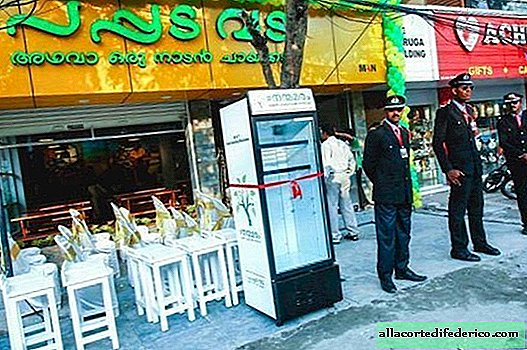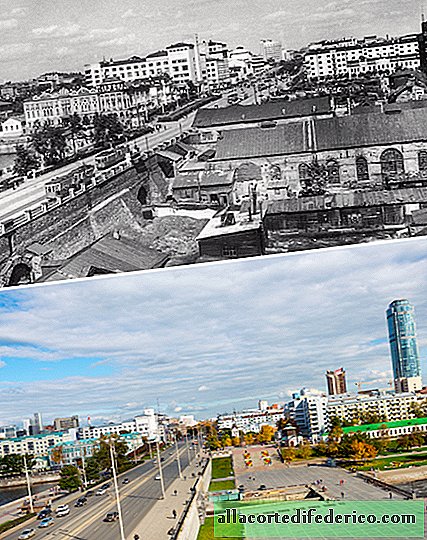The Great Depression in the United States: Why Farmers Threw Food Out Before the Famine
The image of the United States is associated with economic prosperity and a prosperous life. But this was not always the case. More recently, by historical standards, the Great Depression has raged in the United States - a time of hunger and unemployment.

In the 1930s, the world economic crisis erupted in the developed countries of the world, which was called the Great Depression in the scientific literature. To the greatest extent, he touched upon industrialized countries, such as the USA, Germany, France, and Great Britain. Historians and economists have not yet reached a consensus on the causes of this phenomenon.
The crisis was most acute in the USA, where it started back in 1929 with the stock market crash. The fact is that in the 20s, after the First World War, the US economy flourished. The territory of the state did not suffer from military action, in contrast to Europe, and the country's economy was significantly enriched by military orders and debt obligations of the parties to the conflict. But with the onset of the economic crisis, France and Britain (the main debtors of the United States) declared themselves bankrupt.

With the advent of the Great Depression, America's industrial enterprises plunged into crisis, and crowds of unemployed filled the streets. According to experts, the number of unemployed Americans was about 17 million people, which is the third of the country's working population. People were left not only without work, but also without a roof over their heads: many Americans lived in rented housing, for which there was nothing to pay.

In 1933, a law was passed according to which all citizens were required to hand over the gold they had in the form of coins and bullions. In exchange, they were offered paper bills at a rate substantially lower than their real value. Americans who dared not surrender gold were threatened with imprisonment of up to 10 years.
A wave of workers rallies swept across the country, often showing red flags and communist slogans. The demonstration of workers laid off from the Ford plant in Detroit is widely known. The police used weapons to disperse the demonstrators, as a result of which four were killed and about 60 wounded.

The purchasing power of citizens has declined sharply. Hunger began in the country, the cause of which was not drought or crop failure at all, but an elementary lack of money among people. In this case, a completely absurd situation was observed. Farmers, who suffered losses due to falling prices for their products, preferred to throw away the goods, just not to sell them for nothing. There are cases of mass destruction of milk, when farmers poured the product into the ditches, as the buyers offered low prices.

The official statistics do not provide exact data on those who died from starvation, citing a lack of information. But the scale of the serious demographic crisis is evidenced by the data of the 1940 census, which reflect a sharp decline in the birth rate during the Great Depression.
 The graph clearly shows a sharp decrease in the number of children born between 1930 and 1940
The graph clearly shows a sharp decrease in the number of children born between 1930 and 1940Massive unemployment has given rise to an increase in crime and banditry, which was also accompanied by bank robberies. At the same time, robbers often became national heroes, so much was the popular discontent during the worst economic crisis in US history.
The poorest people took every opportunity to improve their lives. Women, for example, sewed clothes from cotton flour bags. Therefore, flour manufacturers began to specifically produce their products in brightly colored bags.


















